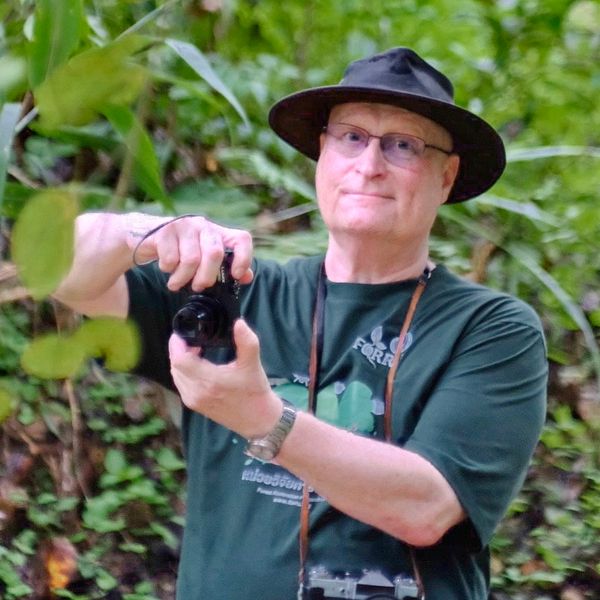Increasing day-length induces spring flushing of tropical dry forest trees in the absence of rain

Rivera, G., S. Elliott, L. S. Caldras, G. Nicolossi, V.T.R. Coradin & R. Borchert, 2002. Increasing day-length induces spring flushing of tropical dry forest trees in the absence of rain. Trees 16:445-456.
In many conspecific trees of >50 species highly synchronous bud break with low inter-annual variation was observed during the late dry season, around the spring equinox, in semideciduous tropical forests of Argentina, Costa Rica, Java and Thailand and in tropical savannas of Central Brazil. Bud break was 6 months out of phase between the northern and southern hemispheres and started about 1 month earlier in the subtropics than at lower latitudes. These observations indicate that “spring flushing”, i.e., synchronous bud break around the spring equinox and weeks before the first rains of the wet season, is induced by an increase in photoperiod of 30 min or less. Spring flushing is common in semideciduous forests characterized by a 4–6 month dry season and annual rainfall of 800–1,500 mm, but rare in neotropical forests with a shorter dry season or lower annual precipitation. Establishment of new foliage shortly before the wet growing season is likely to optimize photosynthetic gain in tropical forests with a relatively short growing season.


